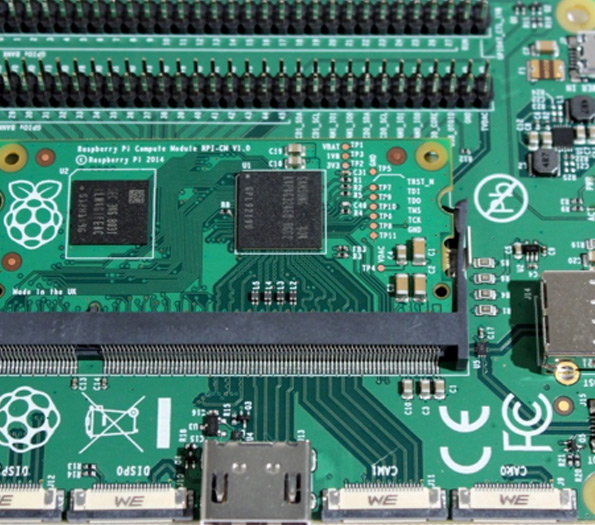

The Advantages of Low-E 180 Glass in Modern Architecture
In the realm of architectural design and energy efficiency, Low-E (low emissivity) glass has emerged as a revolutionary material that enhances the performance of buildings. Among the various types of Low-E glass available, Low-E 180 glass stands out for its unique properties. Developed to maximize energy efficiency while maintaining aesthetics, this innovative glazing solution has gained popularity across various applications, from residential homes to commercial high-rises.
Low-E 180 glass is specially treated to reflect infrared radiation while allowing natural sunlight to enter. This characteristic creates an ideal balance for modern buildings, where maximizing natural light and minimizing heat loss or gain are both crucial. With its low U-factor, which quantifies heat transfer, Low-E 180 glass significantly reduces heating and cooling costs, making it an excellent choice for energy-conscious builders and homeowners alike.
The Advantages of Low-E 180 Glass in Modern Architecture
Furthermore, Low-E 180 glass supports the sustainability goals that many modern architecture projects aim to achieve. With a global emphasis on reducing carbon footprints and enhancing energy efficiency, using Low-E glass is a proactive step toward building greener structures. By decreasing reliance on artificial heating and cooling systems, buildings equipped with Low-E 180 glass can significantly reduce their energy consumption, aligning with international energy standards such as LEED (Leadership in Energy and Environmental Design) certification.

In addition to its energy-efficient properties, Low-E 180 glass is also highly versatile. Its aesthetic appeal fits seamlessly into various architectural styles, making it an excellent choice for both contemporary and traditional designs. Whether used in large commercial facades or cozy residential settings, Low-E glass can enhance visual comfort while maintaining the desired architectural integrity.
The installation of Low-E 180 glass is another practical advantage. It can be integrated with double or triple glazing applications, increasing insulation effectiveness. This feature is particularly beneficial in climates with extreme temperature variations, where maintaining a stable indoor environment is essential. The advanced technology behind Low-E coatings ensures that the glazing product maintains clarity and durability over time, reducing the need for maintenance and replacement.
Moreover, as urban environments continue to evolve, the need for efficient energy solutions becomes increasingly apparent. Buildings are responsible for a significant portion of global energy consumption. By incorporating Low-E 180 glass, architects and builders can contribute to a more sustainable future, one building at a time. This commitment not only addresses immediate energy performance but also renders long-term financial benefits, reinforcing the notion that eco-friendly choices are also economically savvy.
In conclusion, Low-E 180 glass presents an ideal solution for modern architectural needs, balancing energy efficiency, aesthetic appeal, and sustainability. Its unique properties make it a popular option for anyone looking to enhance a building’s performance while creating a comfortable and attractive environment. As the demand for green architecture continues to grow, the integration of Low-E glass will undoubtedly play a significant role in shaping the future of how we design and inhabit our buildings. From energy savings to protecting interiors, Low-E 180 glass is a step towards a more sustainable and resilient architectural landscape.